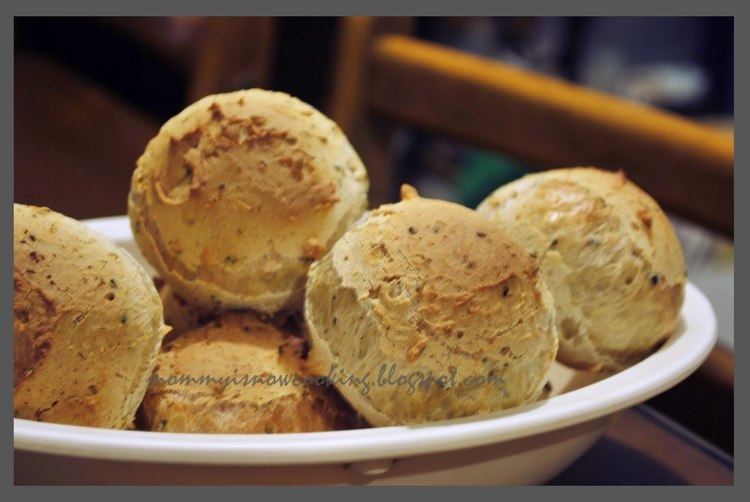Alternative names Nutri-bun, Nutriban | Created by USAID | |
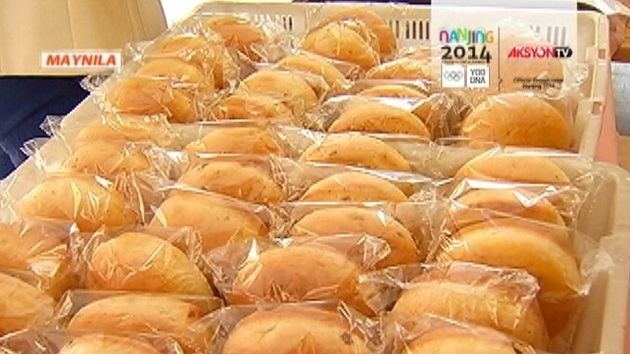 | ||
Main ingredients whole wheat flour, non-fat dried milk powder, soy flour, iodized salt | ||
Nutribun
Nutribun (also referred to as Nutri-bun or Nutriban) is a bread product designed by the United States Agency for International Development and distributed under the USAID Food for Peace program. The base bread is made of a wheat blend flour and non-fat dried milk donated by the United States under the PL 480 Title II Food Aid.
Contents
Nutribun feeding iligan city
Development
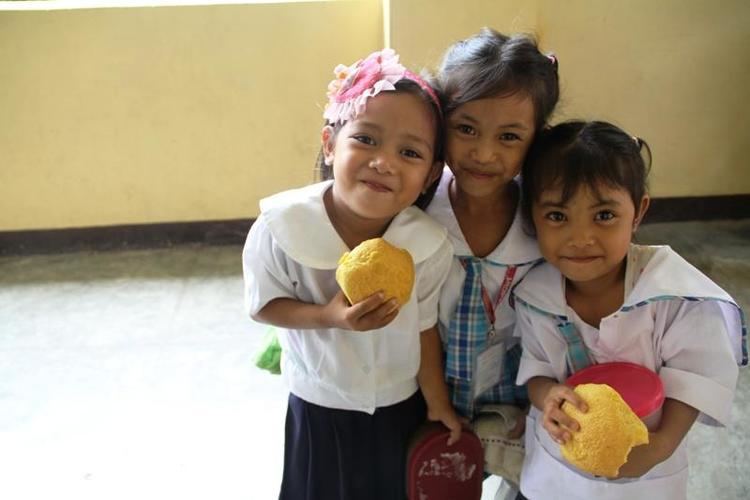
Nutribun was developed by a team of nutritionists and agraraian experts at the University of Virginia Polytechnic Institute between 1968 and 1970. The bread was envisioned as a way to combat malnutrition. USAID took an interest in the program and began funding the project in 1968. In addition to requiring the bread to be well fortified with nutrients, USAID also requested that the product be easy to produce using local ingredients. As such, the reciepe was desigend around a 'base' product that could be modified using any number of exotic substances.
Ingredients
The 'base' of the bread is made from a blend of white and whole wheat flour mixed with a non-fat dried milk powder. The bread is then fortified with soy flour, which contains a good amount of high quality protein. Soy is also rich in micronutrients like calcium, iron, and B-complex vitamins. The bun is made with iodized salt. Each bun weighs 80 grams and contains 400 calories.
Use in malnutrition

During the presidency of Ferdinand Marcos in the Philippines, the rate of malnutrition soared, especially among young children. The government of the Philippines decided to take advantage of the United State's Food for Peace Program, and started its own five year nutrition program in 1971 (program would eventually become Operation Timbang). Starting in 1972, USAID began providing the Philippine government with thousands of loaves of nutribun in addition to hundreds of tons of dried milk powder. The Philippine government took advantage of nutribun's flexible recipe and added domestically produced banana and plantain powder to the list of ingredients. The government took over production of the bread in 1975, though shipments of ingredients still arrived from USAID.
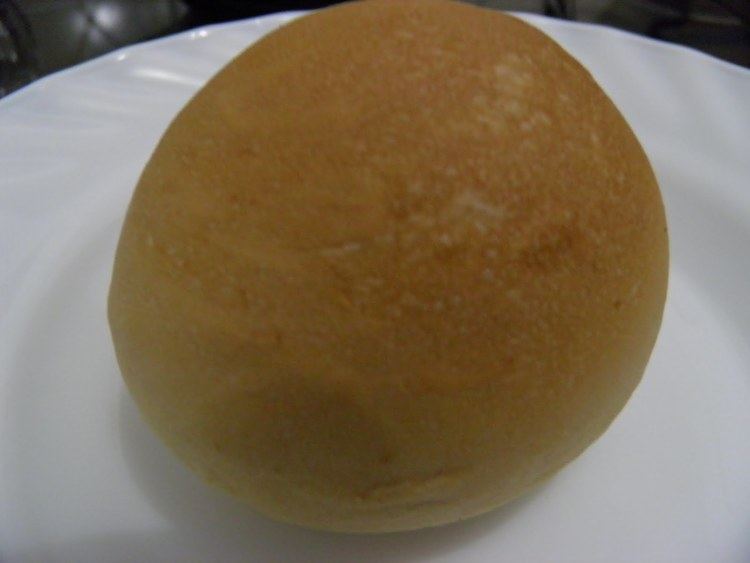
The nutribun was initially developed in the early 1970s. Imelda Marcos claimed credit for Nutribuns when she had bags, filled with Nutribuns, stamped with "Courtesy of Imelda Marcos-Tulungan Project" even though they were in reality donations by USAID and other local donors.
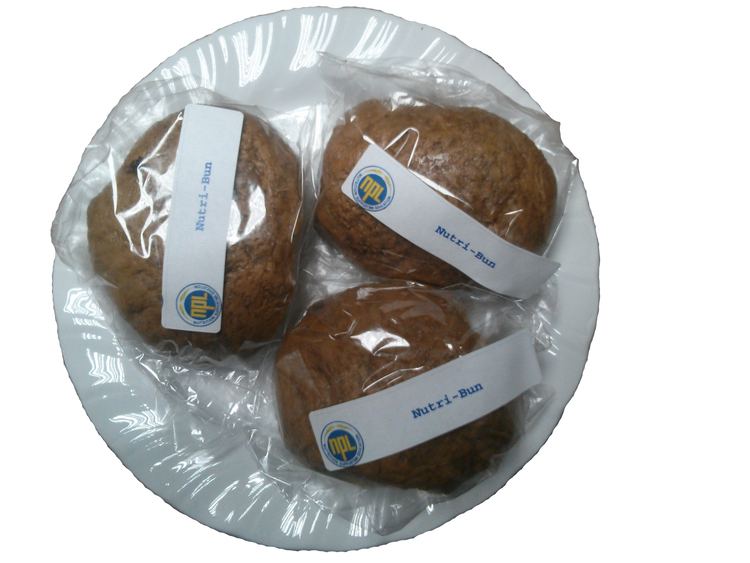
Nutribun grew in popularity in the country due to its similarity to Pandesal, which remained the most consumed bread in the island nation. After the introduction of nutribun and the implementation of a nationwide food distribution program, the rate of malnutrition in the Philippines fell drastically. From 1971 to 1973, severe malnutrition in children was reduced from five percent to less than one percent. The nutribuns were often distributed before school and were served with milk. Following the decrease in the rate of malnutrition in the Philippines, the program was gradually phased out, with the final batches of nutribun being distributed in the mid 1980s. In 2014, the rising cost of food and increase in malnutrition cases in Manila led to the nutribun program being reinstated, going back into limited production.
